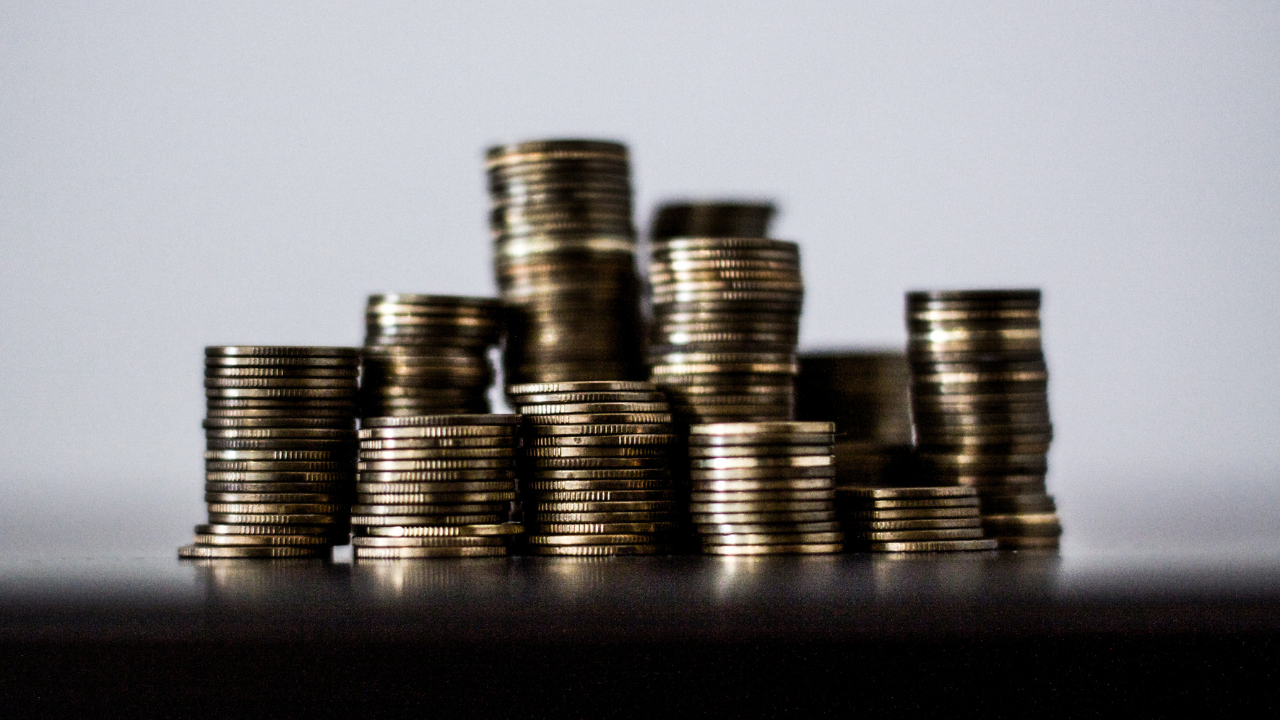
MANILA, Philippines—The Philippine economy needs to expand by over 6 percent yearly in the medium term so it can outgrow its debt and narrow the bigger budget deficit wrought by the prolonged pandemic.
But external risks emanating from the Ukraine-Russia war may make it tough to jump-start fiscal consolidation this year — a risk to the country’s investment-grade credit ratings.
“The biggest challenge for the next administration is really to grow out of the debt that we incurred during the pandemic, which was natural because our revenues went down due to the lockdowns and we had increased expenditures so we had to borrow more money,” Finance Secretary Carlos Dominguez III told Bloomberg TV on Thursday (April 21).
“So the next administration will have to design policies and stick to very strict fiscal discipline to grow out of this debt problem,” Dominguez said, referring to the fiscal consolidation plan that the outgoing Duterte administration will pitch to the next president.
The Department of Finance (DOF) over the weekend said it will take 40 years, or about two generations, to repay the total of P1.31 trillion in foreign borrowings that the Philippines tapped to bankroll its prolonged fight against the COVID-19 pandemic.
From the onset of the pandemic in 2020 until mid-January of this year, the Philippines borrowed $25.7 billion from multilateral banks, bilateral development partners, as well as through offshore bond issuances. These will be repaid between 2020 and 2060, as the concessional and low-interest external borrowings had long tenors or maturities.
“We assumed debt at very, very favorable terms, in terms of tenor as well as interest rates. So we’re not worried about the repayment, but we have to really grow out of the debt” by “[expanding] our economy by better than 6 percent per year over the next five or six years,” Dominguez said.
Various economic officials had said the fiscal consolidation pitch may include new or higher taxes, spending cuts on non-priority sectors, as well as drivers to economic growth so yearly gross domestic product (GDP) can outgrow the government’s obligations. As of end-February, the national government’s outstanding debt inched up to a new high of P12.09 trillion, and had been projected to climb to a record P13.42 trillion by yearend.
Despite expectations of 7 to 9 percent GDP growth this year, the Philippines’ debt-to-GDP ratio was expected to slightly rise to 60.9 percent of GDP, from the 16-year-high of 60.5 percent last year. For emerging markets like the Philippines, debt watchers considered public debt as manageable at 60 percent of GDP.
While the Philippines was “well on [its] way to recovery,” it would not help that the Ukraine crisis would “weigh a bit heavily on us” as “we’re affected by the increase in prices of fuel and grain,” Dominguez said.
Fiscal consolidation was also aimed at reverting the budget deficit to pre-pandemic ceilings of about 3 percent of GDP. But UK-based think tank Oxford Economics said in a report on Thursday that rising global commodity prices wrought by Vladimir Putin’s destruction of Ukraine will slow fiscal consolidation across Asia-Pacific, including the Philippines.
“In 2022, we anticipate a widespread slowdown in fiscal consolidation, as policymakers tread the tricky path of containing upside inflation risks, while keeping an eye on downside growth risks” across the region, Oxford Economics head of India and Southeast Asia economics Priyanka Kishore and assistant economist Makoto Tsuchiya said.
Spending by distributing subsidies to ease the pain inflicted on vulnerable sectors by expensive fuel would bloat budget deficits in Asia-Pacific, Oxford Economics said.
“We estimate fuel and food subsidies could exceed the budgeted amount by 0.5 to 0.8 percent of GDP in India (1.2 percent of GDP budgeted), Indonesia (0.8 percent of GDP), the Philippines (0.2 percent of GDP), and Malaysia (1 percent of GDP), depending on how the geopolitical risks pan out and what that implies for global commodity prices.”
In the Philippines, for instance, the government will give away a total of P47.5 billion in financial assistance to the bottom 50-percent income households, public utility vehicle (PUV) drivers, as well as agricultural producers being hurt by costly oil.
Oxford Economics said that “having a clear fiscal consolidation path is particularly important for the region’s twin-deficit economies — namely, India, Thailand, and the Philippines — to avoid financial market volatility and possible credit downgrades.”
The think tank was referring to the wider budget deficit wrought by larger expenditures to fight the prolonged pandemic, alongside the current account deficit caused by the record trade deficit or a surge in imports outpacing meager exports growth. The Philippines is a net commodity importer.
Oxford Economics’ sovereign risk tool showed that “risks of a credit rating downgrade have increased for Thailand, the Philippines, and even Malaysia in the last couple of years.”
“We don’t think rating downgrades are imminent as growth prospects have improved with most Asian economies adjusting to ‘living with COVID-19’,” Oxford Economics said.
“However, rating agencies have repeatedly noted their concerns about the lack of a clear fiscal consolidation roadmap for the twin-deficit economies and could choose to move against our expectations if their medium-term growth projections turn less optimistic,” it said.
Overall, Oxford Economics said it “still expects Asia-Pacific economies to largely stay on the path of fiscal consolidation”. “While government debt levels are not yet bloated, there is limited room for maneuver following the fiscal expansion at the height of the COVID-19 crisis.”
“While fiscal measures are necessary to dampen inflation and keep the economic recovery on track this year, it is important to keep sight of the growth and sovereign risks associated with prolonged periods of elevated debt levels,” the think tank said.

